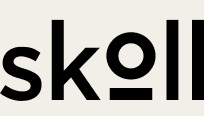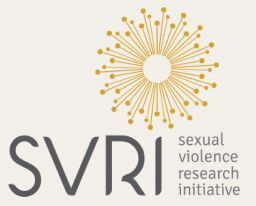Many factors impact our health: housing, personal safety, education, occupation, income, food security, language and literacy, access to affordable health services, and other non-medical factors. These are collectively called the social determinants of health. However, there is a gap in the current social determinants of health models: the influence of the "infosphere" or "information ecosystem."
As we cap off World Health Week and National Public Health Week (in the U.S.), the WHO quest "to build a fairer, healthier world" must continue as a priority. However, while digital information access is briefly mentioned, the influence of health misinformation and the infosphere are notably absent from the World Health Day materials.
Globally, the COVID-19 pandemic has changed what we look for online, and searches for dietary supplements, cures, symptoms, and therapies for COVID-19 have been a consistent part of the pandemic. It is critical to consider the infosphere as a determinant of health in pursuit of health equity.
For lots of us, health and safety information is widely available from medical professionals, friends and family, news media, and online. Even before the COVID-19 pandemic gave way to an overabundance of health information and the subsequent misinformation epidemic or misinfodemic, we were living in an Information Age. And the Information Age continues to impact physical, mental, and social health.The quality of health information available, how we access that information, and how well we understand it remains vitally important for good health and health equity.
The COVID-19 pandemic has underscored the need to improve digital equity in pursuit of health equity and provide health communications that are accurate, timely, available, accessible, and contextually relevant to ensure individual and community safety.
Over the past year, the pandemic has also highlighted how prevalent, persistent, and pervasive online health misinformation can be. While some health claims are entirely false, there is a growing body of evidence that suggests that significant amounts of online content are partially true but are misleading because the information presented is incomplete, recontextualized, or uses misapplied scientific findings. Much of this content could be classified as midinformation that arises from uncertainty, ambiguity, and scientific knowledge gaps and can also be harmful to the public.
Researchers and public health authorities have only just begun to understand the impact of misinformation and midinformation on health and health equity. While there are research gaps in how and why misinformation spreads rapidly online, experts have agreed that strategies are needed to curb the spread of health misinformation to prevent the erosion of trust in health authorities, public health measures, and government agencies. Priority actions are also needed to protect vulnerable groups, including those with low education levels, cognitive disabilities, individuals living in poverty, and older adults.
Even when high-quality information is produced and available, ensuring accessibility via internet or digital access, technical device (e.g., computer, tablet) availability, and digital literacy is vital. Accessibility is also inclusive of literacy, readability, linguistics, cultural appropriateness, and other factors that significantly impact comprehension and actionability at the individual level. When information is not both available and accessible, poor health outcomes can result. In April 2020, a World Health Organization (WHO) technical consultation was convened to develop a framework for managing the infodemic. While the team proposed 50 actions, the first two aimed to ensure that public health messaging was based on scientific evidence that is both available and accessible to citizens and that messaging was presented in ways that are understood by all individuals.
Acknowledging the realities of the Information Age and integrating the infosphere into thinking around social determinants of health is critical. It will help us understand how online health information influences health behaviors and outcomes, ensure policies and systems are developed to regulate how and what is shared online, increase investment in programs to strengthen health literacy, broaden accessibility to high-quality health information, identify and eliminate false content, and protect those who are most vulnerable to health misinformation. Attention and actions are especially needed online where the viral spread of misinformation occurs.
We collaborated with 53 partner organizations worldwide to design and carry out our 2024 elections projects. We extend special gratitude to our lead partners in Brazil, Mexico and Pakistan, whose work we highlight in this essay.
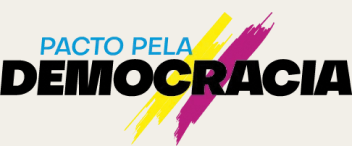
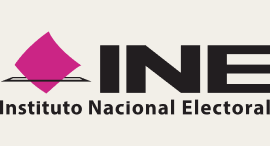
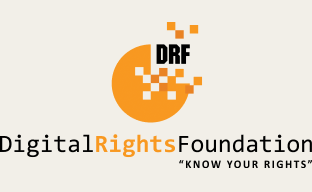
The 2024 elections projects featured in here would not have been possible without the generous support of these funders.
